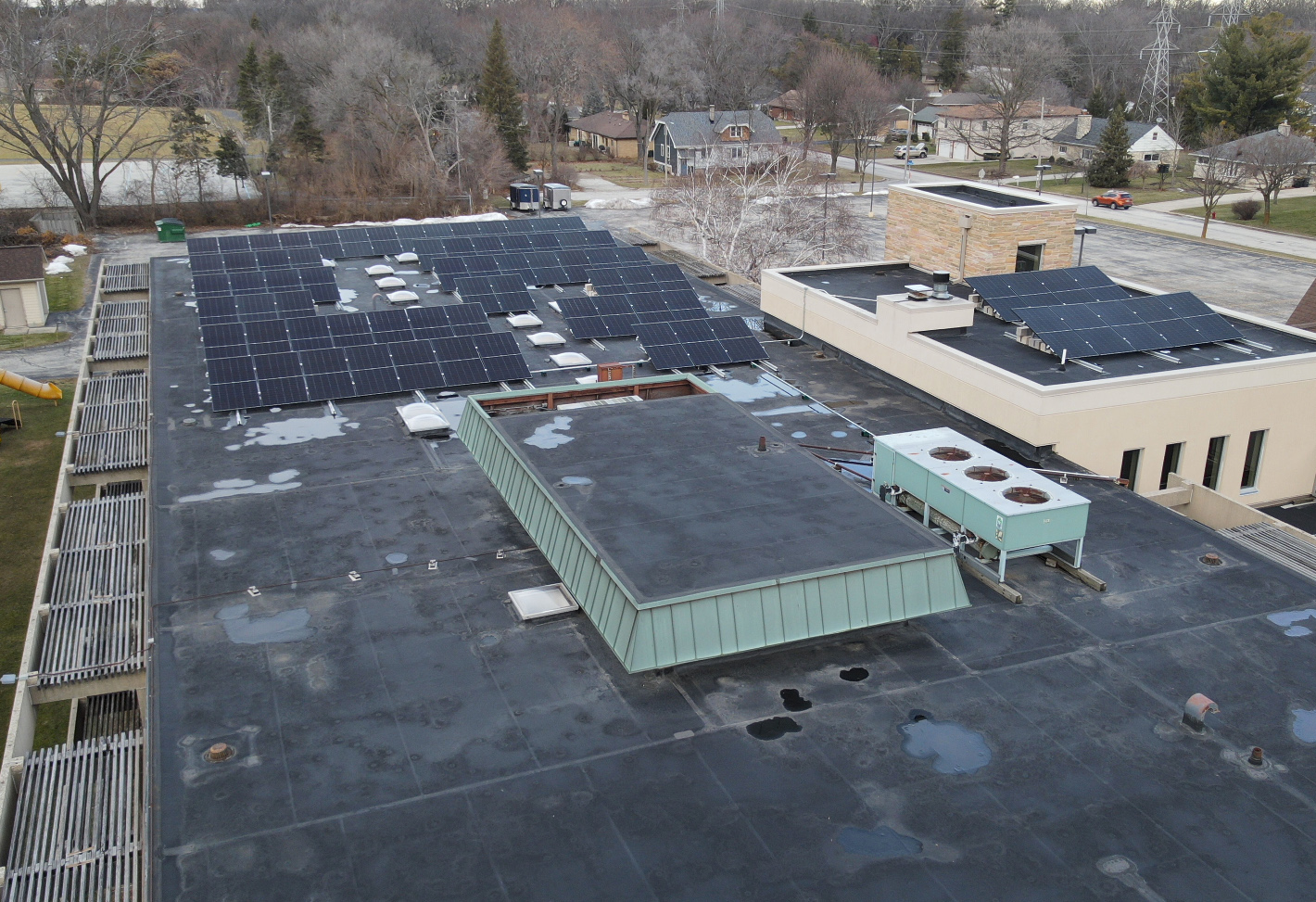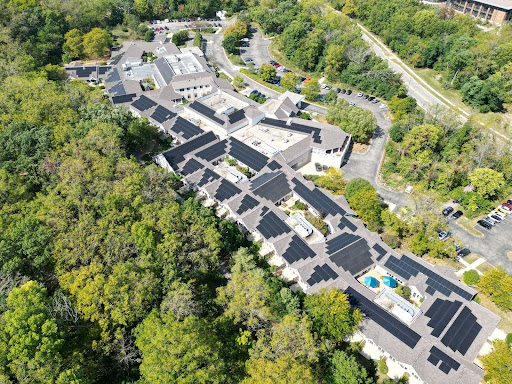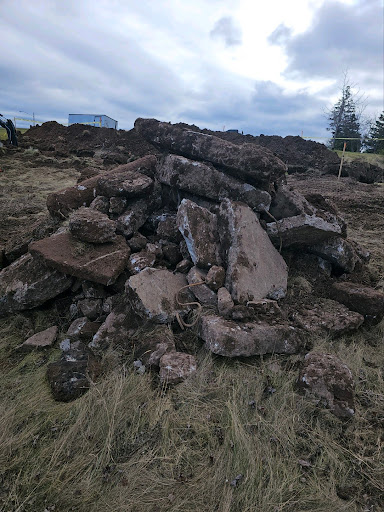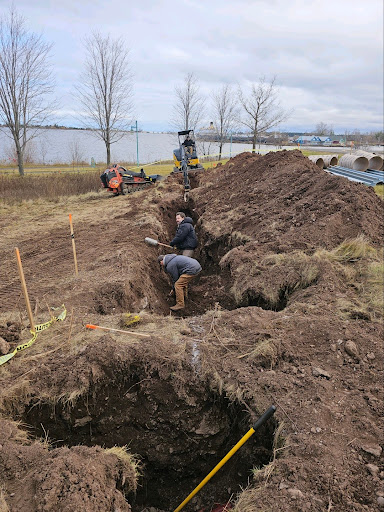Holy Spirit Parish and School Celebrates New Solar Array
On Sunday, November 9, 2025, Holy Spirit Parish in Stevens Point welcomed parishioners, families, students, and community members for a ribbon-cutting celebration marking the completion of two new solar arrays. The event highlighted the parish’s commitment to caring for creation and investing in the future of its congregation and school.
The project was supported through the Solar for Good program, funded by the Couillard Solar Foundation and managed by RENEW Wisconsin. Olson Solar Energy served as the installer and guided the parish through the technical, insurance, and design steps needed to bring the project forward.
Guided by Faith and Stewardship
The idea for the solar project began within Holy Spirit Parish’s Environmental Stewardship Committee. Their members shared that a central belief guided them through each stage of planning and conversations with parish leadership.
“Faith calls us to be stewards of the land, and that means the planet is part of what we are called to care for.”
This perspective shaped the committee’s vision and helped carry the parish through a process that required patience and collaboration. Insurance reviews and utility requirements brought several design changes, and the team worked closely with Olson Solar Energy to adapt and keep the project moving.
Collaboration and Commitment
“This really was the work of so many people. It took time, effort, and a lot of expertise from members of our congregation. Everyone played a part, from researching and planning to helping with outreach and fundraising. It is something we can all be proud of because it truly belongs to this community,” said Susan Zach, a member of Holy Spirit Parish’s Environmental Committee.
The project was originally planned as a single array on the church roof. As design and interconnection requirements evolved, the plan expanded to include a second array on the school. Olson Solar Energy worked with the parish through each iteration, helping resolve insurance questions, coordinating two separate meters, and staying flexible as the project shifted. Their responsiveness was referenced several times during the event.
A Project That Gives Back and a Community Celebration
Both systems are under 20 kilowatts, allowing the parish and school to qualify for net metering and receive credits on their energy bills. Olson Solar Energy estimates that the project will save the parish and school about $100,000 in avoided energy costs over the life of the system. These savings will support classrooms, programs, and facility improvements that strengthen Holy Spirit Parish and School.
During the celebration, parish leaders and school staff reflected on the project’s journey and the teamwork that carried it forward. It was clear from the gratitude shared throughout the room that this project was rooted in community. A strong sense of place, care for creation, and pride in working together shaped every step of the process.
“We are proud to be the first Catholic parish in the La Crosse Diocese to install solar on our property. This project reflects both our faith and our responsibility to care for the gifts we have been given. It is our hope that others in the diocese will see what is possible and join us in taking steps toward sustainability,” said Fr. Steve Brice, pastor of Holy Spirit Parish.
The post Holy Spirit Parish and School Celebrates New Solar Array appeared first on RENEW Wisconsin.



